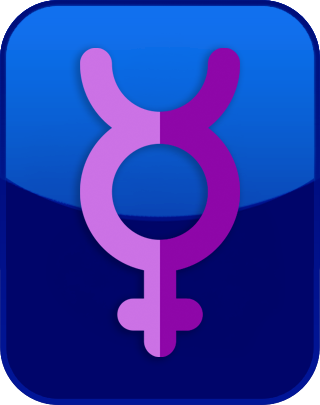Nonbinary Identity Spectrum Test
The nonbinary identity spectrum encompasses a range of traits characterized by experiences, feelings, and expressions that transcend or exist outside the traditional gender binary of male and female. However, there is considerable variation in the type and intensity of these traits.
This test combines insights from prior research on gender identity and self-expression to provide a single, composite test for measuring nonbinary identity tendencies across 7 different domains.
Where do you fall on the nonbinary identity spectrum? For each of the following questions, indicate your level of agreement below.
Question 1 of 35
I challenge societal gender norms in my daily interactions.
| Disagree | Agree |
NEXT
The IDRlabs Nonbinary Identity Spectrum Test (IDR-NIST) was developed by IDRlabs. The IDR-NIST is inspired by observations and research on gender identity, including studies on gender dysphoria, self-expression, and societal perceptions of gender. The IDR-NIST is not associated with any specific researchers in the field of gender studies or any affiliated research institutions.
The test provides feedback such as the following:
Gender Fluidity: Individuals with nonbinary traits often experience a sense of gender that shifts or exists outside rigid male/female categories, embracing a fluid or multifaceted identity.
Discomfort with Binary Norms: People with nonbinary tendencies may feel unease or disconnection from societal expectations tied to traditional gender roles, preferring alternatives that align with their sense of self.
Expressive Flexibility: Nonbinary individuals frequently embrace diverse forms of self-expression, such as clothing or pronouns, that defy conventional gender norms and reflect their unique identity.
Internal Gender Reflection: Those with nonbinary traits often engage in deep introspection about their gender, questioning binary labels and exploring a personal sense of identity beyond societal norms.
Social Nonconformity: Nonbinary individuals may challenge or reject gendered social conventions, advocating for recognition of their identity in personal and public spaces.
Pronoun Preference: People with nonbinary tendencies often prefer pronouns that align with their identity, such as they/them, or experiment with pronouns to reflect their authentic self.
Dysphoria Variability: Nonbinary traits may include varying levels of discomfort with physical or social gender markers, driving a desire to align their presentation or body with their internal identity.
As the publishers of this free online nonbinary identity spectrum test, which allows you to screen yourself for the signs and traits of this identity, we have striven to make the test as reliable and valid as possible by subjecting it to statistical controls and validation. However, free online quizzes such as the present Nonbinary Identity Spectrum Test do not provide professional assessments or recommendations of any kind; the test is provided entirely “as-is.” For more information about any of our online tests and quizzes, please consult our Terms of Service.
References
- Beemyn, G., & Rankin, S. (2011). "The Lives of Transgender People." Columbia University Press.
- Richards, C., Bouman, W. P., & Barker, M. J. (Eds.). (2017). "Genderqueer and Non-Binary Genders." Palgrave Macmillan.

